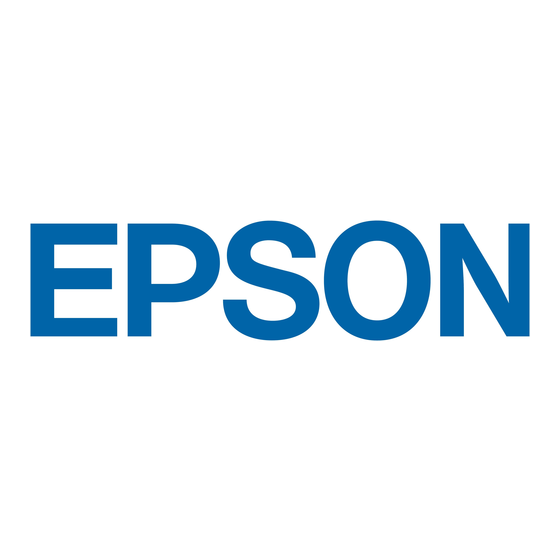- ページ 4
スキャナー Epson 1250 - Perfection Photo Flatbed ScannerのPDF マニュアルをオンラインで閲覧またはダウンロードできます。Epson 1250 - Perfection Photo Flatbed Scanner 11 ページ。 Color image scanner
Epson 1250 - Perfection Photo Flatbed Scanner にも: ユーザーマニュアル (7 ページ), 基本マニュアル (48 ページ), 製品サポート速報 (34 ページ), 製品情報 (4 ページ), ここからスタート (2 ページ), 製品サポート速報 (23 ページ), 製品サポート速報 (40 ページ), 仕様 (2 ページ), 適合宣言 (2 ページ), 製品サポート速報 (17 ページ), 製品サポート速報 (24 ページ), 製品サポート速報 (29 ページ), 製品サポート速報 (8 ページ), 製品サポート速報 (3 ページ), 製品サポート速報 (14 ページ), 製品サポート速報 (18 ページ), 製品サポート速報 (12 ページ), 製品サポート速報 (40 ページ), 製品サポート速報 (36 ページ), 製品サポート速報 (11 ページ), 製品サポート速報 (40 ページ), 製品サポート速報 (22 ページ), 製品サポート速報 (12 ページ), 製品サポート速報 (21 ページ), マニュアルの使用 (3 ページ), セットアップマニュアル (2 ページ), 設定 (2 ページ)

